By Russtum G. Pelima
MALAPATAN, Sarangani (June 23, 2008) – At the town festival called Pakaradyan last week, I have learned what's more to see in the malong as a Muslim traditional dress.
Janaria Magangcong, after working two years abroad, found herself on her way back into the old craft of malong weaving she learned when she was thirteen.
"It signifies the Muslims' rich and strong tradition," she said in vernacular.
"The weaving process needs a lot of patience. You usually see these bright colored threads we use, the same colors we use in our decorations and ornaments during festivals."
"Now we make this as our source of living."
Janaria has organized a group of women in Balungis to form a cooperative who sell their products to the Blaans, the town's most dominant indigenous group.
Like the attractive combination of colors in a malong, Malapatan has built a colorful multi-tradition of Muslims, tribal groups and Christians putting it in Pakaradyan, more colorful than any other town festival in the province.
Pakaradyan is a Maguindanao word for festival. Bright colored buntings decorate the road sides and the municipal landscape, bringing about a festive mode to visitors and community alike.
Malapatan was coined from two Blaan terms mala (pepper) and fatan (place), noting the abundance of pepper in the place. Blaans were the native inhabitants here.
Islam and Datuism introduced by Sarip Kabungsuan who arrived in Kuta Wato from Arabia during the 15th century developed and spread Maguindanaos, Maranaos, and other lumads in Mindanao which bundled the tribes into a complete unity.
For more than 39 years, as this town marks this year's anniversary, multi-culturalism has finally bred development and harmony while preserving a wonderful Muslim-tribal tradition.
Over the past three years, Malapatan's thirst for health care, education, livelihood, and its quest for peace and development has been addressed:
The United States Agency for International Development (USAID) has been building schools, and providing reading materials, building footbridges and other infrastructure, and giving livelihood assistance to the community.
The Japanese government and the Japan Bank for International Cooperation has been doing the same in education by building a ten-classroom building that solved the classroom problem in Malapatan National High School, and environmental conservation by building a septage treatment facility as the other coastal towns in Sarangani.
During the past three years, the national Kapit-Bisig Laban sa Kahirapan-Comprehensive and Integrated Delivery of Social Services (KALAHI-CIDSS) piloted the municipality in its people-empowerment objectives through school building projects, water systems, and road openings.
At the Pakaradyan's tribal day on June 18 spearheaded by the tribal council, the Blaans showcased their tribal practices such as maral (dance) and tribal sports such as Sbuno (wrestling), gamti (archery), sakmi (planting), and mbak falimak (gong playing).
On another day, Maguindanaon's malong weaving, tinagtag and other Maguindanaon delicacies, and kulintangan were exhibited.
This small town feasts on its unique history of peoples and the fruits of community endeavor, like the malong that weaves colors to something wonderful. It happens during Pakaradyan in the middle of June. (RGP/Sarangani Information Office)
Subscribe to:
Post Comments (Atom)

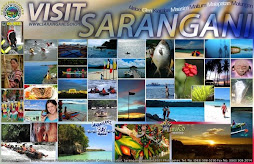


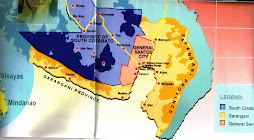

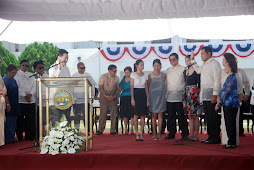
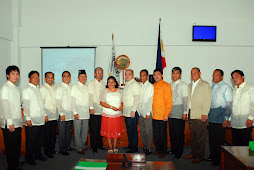


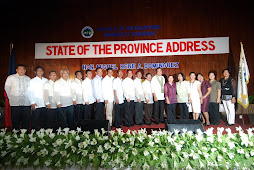
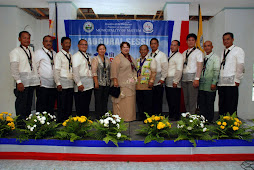

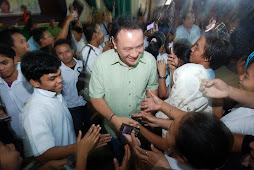


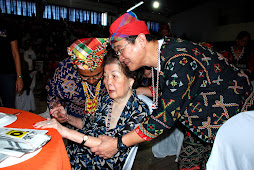


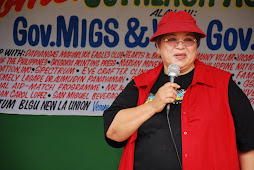
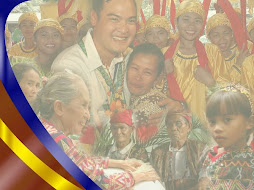
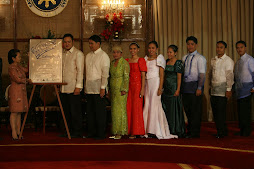
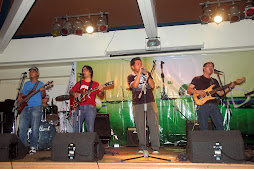


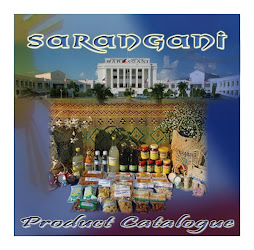

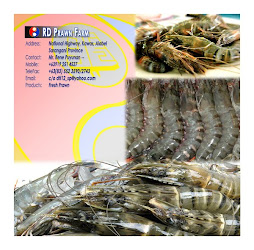
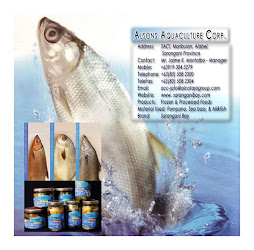
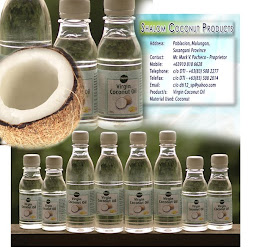


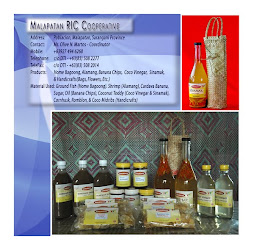

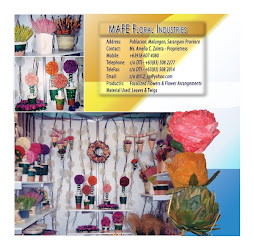
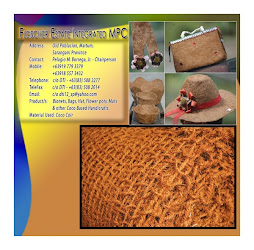
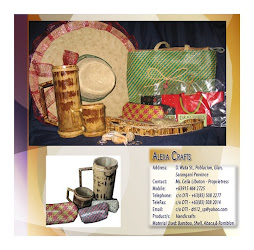
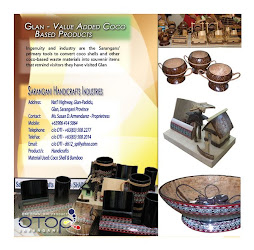
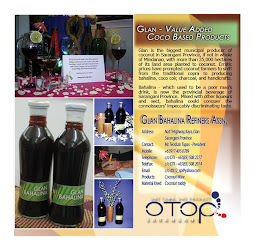
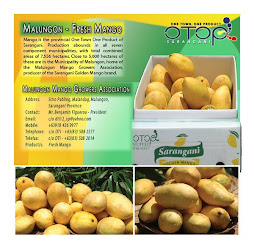
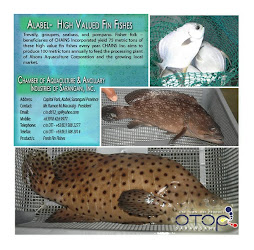
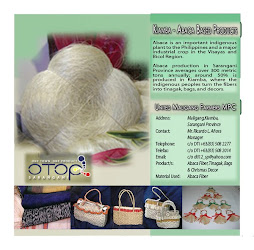

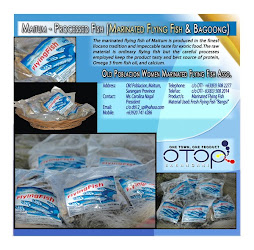
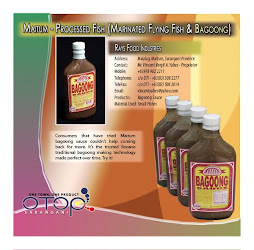
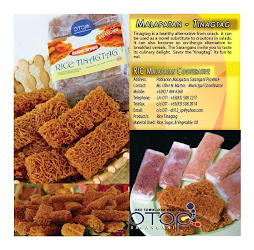
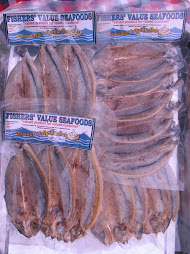
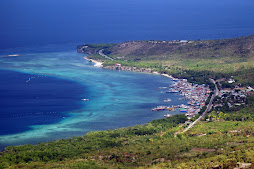
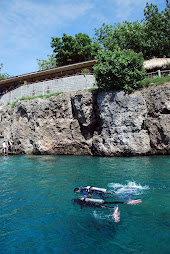
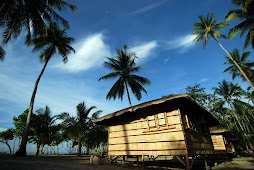
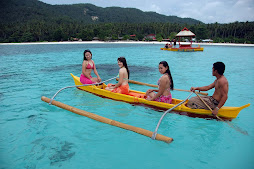

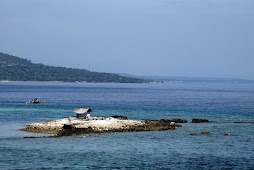
No comments:
Post a Comment